First off, it’s important to know the difference between foundations and endowments.
An endowment is an invested fund set up to provide long-term support for a specific nonprofit organization or cause.
A foundation is a type of nonprofit organization that supports other charitable organizations by granting or providing other resources.
They can both provide long-term stability and sustainability, but they’re not right for every organization at every stage.
Here are some key differences between an endowment and a foundation:
- An endowment is part of its founding organization and falls under the same 501(c)3 tax-exempt entity. A foundation is a separate entity, even if it is set up–as is often the case–to support one specific charity.
- Both an endowment and a foundation should have dedicated oversight from a board of trustees or advisory committee that guides its investment, spending, fundraising, and public relations. An endowment can receive oversight from its wider organization’s leadership, while a foundation has a board of trustees that’s separate from the organization or cause proper.
- An endowment is low-cost, as it can simply be set up through an existing public foundation and has no ongoing legal fees or staffing needs. Creating a foundation, however, involves legal documentation and typically costs $5,000-10,000 to create. There are also ongoing expenses, because new staff is usually required to run a full foundation. It must file its own tax returns, have its own policies and documentation, etc.
- An endowment is seen as an asset of an organization, and there may be multiple endowments within one organization. A foundation’s assets, on the other hand, are used to support an organization or cause. Because it’s not tied to one specific 501(c) entity, a foundation has more flexibility and may support multiple organizations within an interest area or community. A private foundation is run by an individual, family, or corporation. A community foundation’s grants are focused within a specific geographic area, though it will typically accept gifts from anyone. A corporate foundation is company-sponsored, often focusing its support on giving back to those in need within its community, or relating to its industry. An independent foundation typically receives funding from one source, and does not actively fundraise.
- An endowment should have clear gift acceptance and investment policies, which are typically straightforward. Because a foundation grants to specific initiatives or programs, it typically has more robust documentation around how it will operate, how the grant application process works, who makes granting decisions, etc.
- An endowment can offer a simple structure for an organization that wants to bring about long-term sustainability and asset growth. A foundation, however, can create a sort of “firewall” between its funds and the wider organization/cause.
Now that you have an idea of what these entities are like, and how they differ, there are some things to think about before you implement one.
What should you consider before launching an endowment or foundation?
1. Consider the partnerships and support you’ll need.
Is there an existing foundation or investment firm that your organization already uses–or whose approach, and fee structure, fit well with your goals? Both an endowment or foundation can be set up within a third-party firm that will manage the actual funds; a foundation can be managed in-house, if appropriate. If an organization is smaller or not set up for (or interested in) facilitating non-cash gifts, consider whether there may be partners who can step in to facilitate these types of gifts.
2. Plan out what it’ll take to launch your fund.
Consider if there’s a time that makes sense for a launch: perhaps the beginning of a fiscal year, or coinciding with an event like your university’s Homecoming or synagogue’s capital campaign. You’ll need to get buy-in from leadership, get approval from any relevant governing bodies, communicate the launch and giving options, and then begin to solicit gifts among key supporters. Select a target “launch” date, and work backwards from there to make sure everything is done well.
3. Create policies, agreements, and processes.
Your fund should have a Gift Acceptance Policy, indicating how gifts are to be used. While every organization wants major gifts, it’s surprising how much leadership can disagree about how to accept and utilize them. Decide on the details before a gift is on the table! A Gift Agreement or Memorandum of Agreement can help document, for a donor, that a gift has been made, and that they agree to the terms. A Planned Gift Intention Form is a great way to gather information–and plan for–future major or estate gifts, as well as to celebrate and steward donors. A smooth Gift Processing System and/or Client Relationship Manager (CRM) are essential for accepting, tracking, and forecasting gifts over time. A Spending Policy outlines how funds can be used, and may detail how often funds can be extracted, for what uses, and with what oversight.
4. Determine specific funds within the endowment or foundation.
You may decide to create project-, program-, or interest-specific “giving funds” within the endowment or foundation. These can help align gifts with donors’ passion areas, and increase engagement. Each fund may have a separate committee or leadership team guiding fundraising and spending. Funds may be unrestricted, or directed to the “area of greatest need” within the organization or cause. They may be “organization restricted,” like mini-endowments set aside by leadership to support specific expenses, such as leadership development, capital projects, or staffing. They may also be “donor restricted,” or given to support a specific initiative within the organization or cause. For instance, a family may give a memorial gift to support an organization’s landscaping needs, because their loved one was an avid gardener.
5. Create a communication strategy, and begin to weave the fund into regular events and donor touchpoints.
After a fund is officially established, enable ways for donors to support it through a variety of giving methods. Communicate how its dollars are impacting the organization or community!
